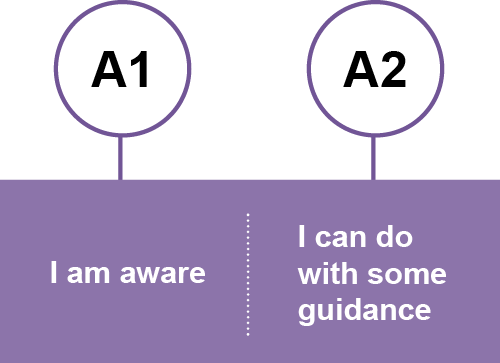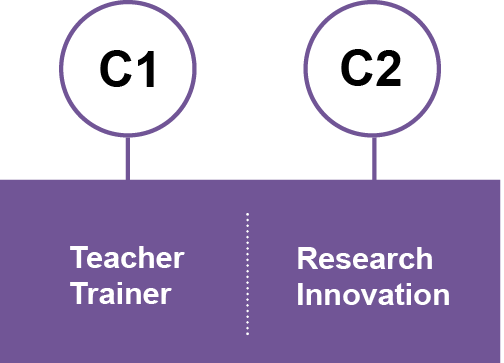Area 5. Empowering Learners
One of the key strengths of digital technologies in education is their potential for supporting learner-centred pedagogic strategies and boosting the active involvement of learners in the learning process and their ownership of it. Thus, digital technologies can be used to facilitate learners’ active engagement, e.g., when exploring a topic, experimenting with different options or solutions, understanding connections, coming up with creative solutions or creating an artefact and reflecting on it.
Digital technologies can furthermore contribute to supporting classroom differentiation and personalised education by offering learning activities adapted to each individual learner’s level of competence, interests and learning needs. At the same time, however, care must be taken not to exacerbate existing inequalities (e.g., in access to digital technologies or digital skills) and to ensure accessibility for all learners, including those with special educational needs.
Teachers’ competencies for the proper use of these technologies involve knowledge of the underlying pedagogical models, the ability to configure, use them and assess their suitability to achieve learning objectives taking into account ethical and didactic considerations.
Most of the technologies aimed at the personalisation of learning derive from the processing of data and the application of artificial intelligence developments. It is essential that teachers selectively intervene in and monitor automated decision-making. In this way, personal data and privacy will be securely protected, overcoming discriminatory biases or algorithmic predictions that limit the potential progress of students and promoting creative and critical learning, alternative to another mechanic focused on standardised tasks.






5.1 Accessibility and inclusion
Description. To use digital technologies to facilitate the learning of all students by eliminating contextual barriers to their presence, participation, and progress. To ensure physical, sensory, and cognitive accessibility to digital resources. To adopt measures that promote equity and reduces or compensates for the digital divide and the impact of sociocultural and economic inequalities on learning.
all students in the same didactic process.
5.2 Differentiation and personalisation
Description. To use digital technologies to address the differences of students, guaranteeing their digital rights, so that everyone can achieve the learning objectives.
5.3 Actively engaging learners
Description. To integrate digital technologies into pedagogical strategies that promote the active commitment of students with a subject, making them the protagonist of their own learning, and encouraging the development of complex cognitive operations and transversal competences, such as critical thinking or creativity.
